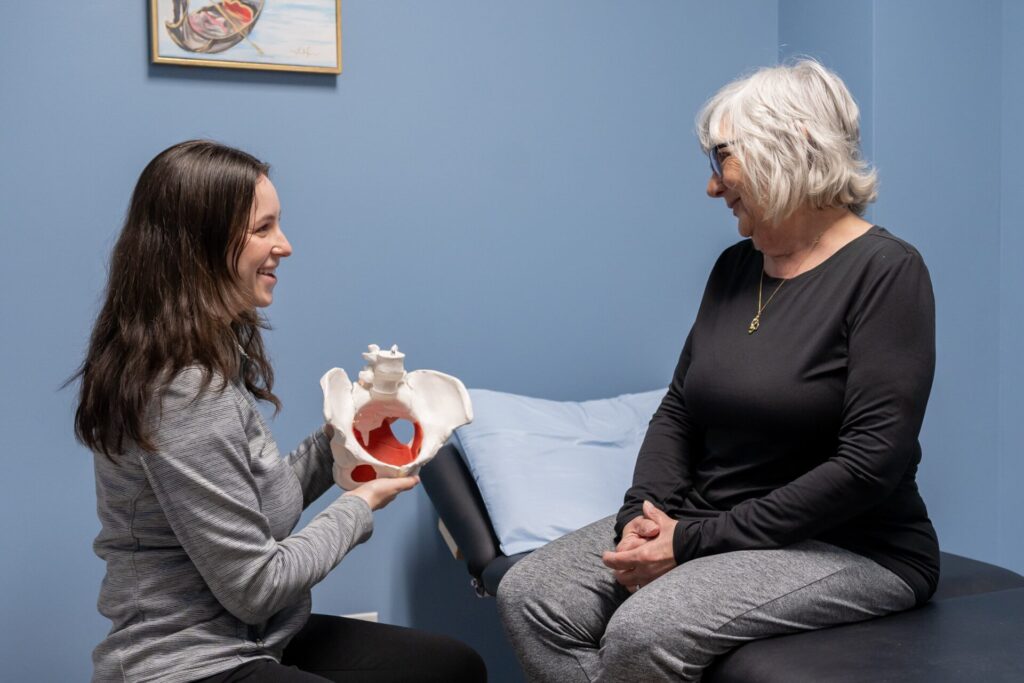The involuntary loss of bladder or bowel control can significantly impact quality of life, relationships, and daily activities. Medical professionals define incontinence as a treatable condition with various underlying causes and effective management strategies. Understanding the medical aspects of this condition helps you recognize symptoms and make informed decisions about treatment options.
What Is Incontinence?
Incontinence refers to the involuntary loss of urine or feces, occurring when normal control mechanisms fail to function properly. The condition ranges from occasional minor leaks to complete loss of bladder or bowel control. Medical professionals classify incontinence as either urinary or fecal, depending on which bodily function is affected. Age increases the likelihood of developing this condition, but it is not a regular part of aging.
What Causes It?
Multiple factors contribute to the development of incontinence, ranging from temporary conditions to permanent anatomical changes. Urinary tract infections, constipation, and certain medications can cause temporary incontinence that resolves with appropriate treatment. Pregnancy and childbirth frequently lead to incontinence due to muscle and nerve damage during delivery.
Neurological conditions such as multiple sclerosis, Parkinson’s disease, and spinal cord injuries can disrupt the nerve signals that control bladder and bowel function. Prostate problems in men have the potential to result in urinary incontinence. Chronic conditions like diabetes and stroke may also contribute to the development of incontinence through nerve damage or muscle weakness.
What Are the Different Types?
Stress incontinence occurs when physical activity or pressure on the bladder causes urine leakage. Coughing, sneezing, laughing, or lifting heavy objects can trigger this type of incontinence. The condition typically results from weakened pelvic floor muscles or the urethral sphincter.
Urge incontinence involves sudden, intense urges to urinate followed by involuntary urine loss. This type occurs when the bladder muscle contracts unexpectedly, creating an overwhelming need to urinate. Mixed incontinence combines elements of both stress and urge incontinence.
Overflow incontinence happens when the bladder cannot empty completely, causing frequent dribbling or constant leaking. This type may occur in men with prostate problems or individuals with nerve damage. Other types may result from physical or cognitive limitations that prevent reaching a bathroom in time.
What Are the Symptoms?
Urinary symptoms vary depending on the type and severity of the condition. Frequent urination, sudden urges to urinate, and involuntary urine loss during physical activities are common indicators. Some individuals may experience bedwetting or wake multiple times during the night to urinate.
Fecal symptoms include the involuntary passage of gas, liquid stool, or solid stool. The condition may cause urgency, making it difficult to reach a bathroom on time. Additional symptoms may include skin irritation around the genital or anal area due to frequent exposure to urine or feces.
Why Should You Consult a Professional?
Medical evaluation can identify the underlying cause and determine appropriate treatment options. Healthcare providers can distinguish between temporary and chronic forms, providing targeted interventions for each type. Early consultation helps prevent complications such as skin breakdown, urinary tract infections, and social isolation.
Professional assessment includes medical history review, physical examination, and diagnostic tests to determine the specific type and cause of incontinence. Treatment may involve lifestyle modifications, pelvic floor exercises, and medications. Individuals can experience significant improvement or complete resolution of symptoms with appropriate medical care.
Talk to Your Doctor Today
Incontinence is a treatable medical condition that affects a wide range of individuals. Understanding the different types, causes, and symptoms helps you recognize when professional evaluation is needed. Schedule an appointment with your healthcare provider to discuss your symptoms and explore treatment options.

